For anyone trying to make their IT budget add up, the equation is already difficult. Now, add a new, urgent variable: the end of Windows 10 support in October 2025. It’s a massive deadline breathing down our necks, and it comes just as public sector budgets are feeling the squeeze more than ever. So, the big question is, how on earth do you modernise your tech without breaking the bank?
For years, the go-to move for public sector organisations has been to buy a mountain of new PCs, a huge capital spend that makes the finance team wince and ties up cash for years in kit that starts losing value the moment it’s unboxed. It’s time to ask: is that really the smartest play anymore?
It’s time for a recalculation. It’s time to find a smarter formula for funding Public Sector IT.
Give Yourself Some Breathing Room
Shift that huge, one-off cost into a predictable, manageable monthly payment. That’s the simple magic of leasing. Instead of a massive Capital Expenditure (CapEx) hit, you move to a simple Operational Expenditure (OpEx) model.
This means you’re not locking away a fortune in depreciating assets. You have the financial agility to invest in other things your organisation desperately needs, all while knowing your tech costs are fixed, with no nasty surprises.
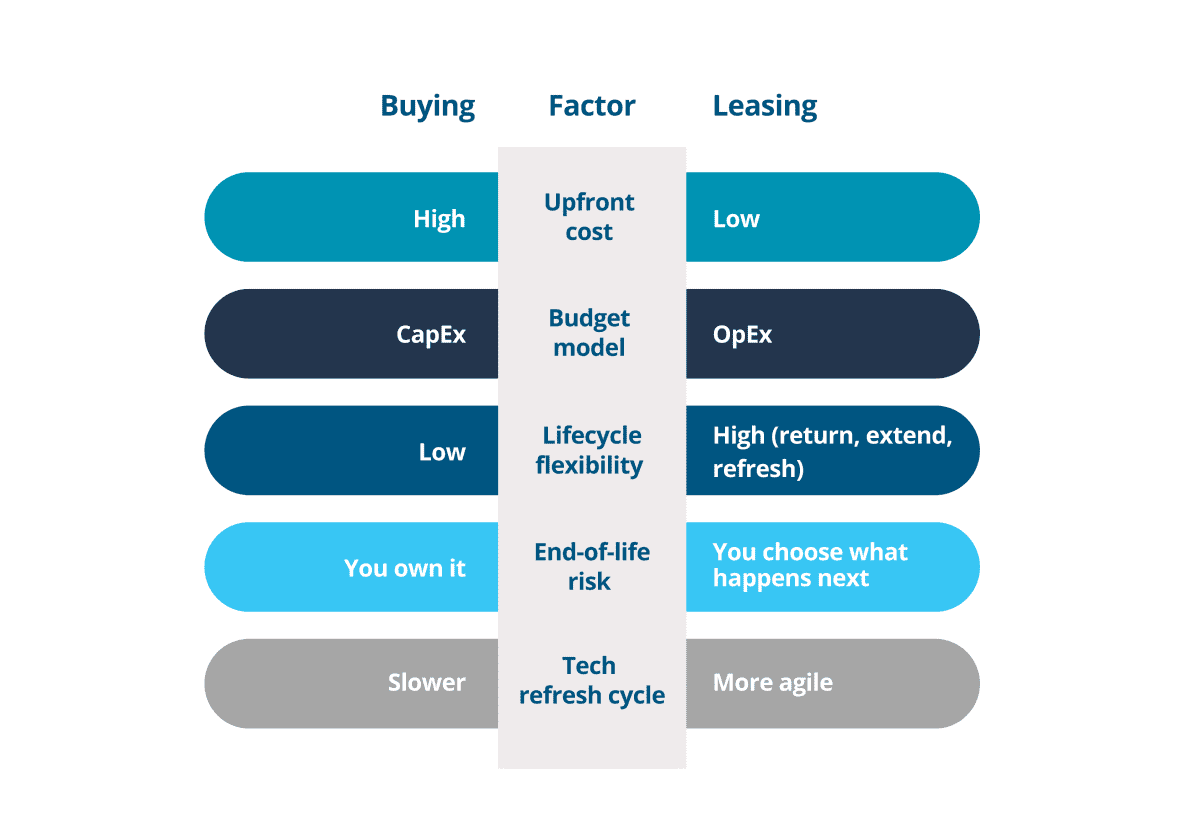
Perspective Makes Perfect
For example, imagine trying to balance the budget at a school. We all know textbooks don’t come cheap. So, what if you could get a brand-new, AI-ready Surface device for a student for less than you’re already spending on books that are out of date the second you buy them? It’s a bit of a no-brainer.
Our Surface leasing plans (partnering with CF Corporate) start from just £5.95 a week. When you see it like that, giving every worker access to top-tier technology doesn’t seem like a dream, it seems like a sensible, strategic decision. You could likely equip an employee with a new device for less than the weekly bill for coffee and biscuits in the staff room.
Solving for X(MA): Adding an Expert to Your Equation
At XMA, we have a proven theorem for making Public Sector IT work. We are on all the right public sector frameworks, like the Crown Commercial Service (CCS), so you know you’re in safe hands. XMA are also one of the UK’s only Surface Authorised Surface Providers (ASP).
But what does being an ASP actually mean for your organisation? It means peace of mind, plain and simple. When a device inevitably gets dropped or damaged, it means:
- Your data stays safe. Forget shipping devices to unknown locations. Repairs happen in our own secure, in-house facilities under strict protocols that safeguard sensitive student and staff data.
- You get back to teaching, faster. Our efficient, return-to-base repair service minimises workplace disruption. Certified Microsoft technicians get devices diagnosed, fixed, and back in action quickly.
- No warranty headaches. We only use authentic Microsoft parts for repairs, so your device’s full warranty coverage is maintained.
- A single point of contact. We manage the entire process, from diagnosis to delivery, so you’re not juggling multiple contacts and chasing updates.
XMA and Surface are a winning formula: our Device-Management-as-a-Service model, backed by our ASP status, takes the entire device lifecycle—from deployment to maintenance and end-of-life—off your plate. Pair that with a leasing plan that breathes life back into your budget, and you’re well prepared for the future.
The 2025 deadline isn’t a problem without a solution. It’s a chance to stop using a flawed formula and find one that adds up to a better result for your employees and your budget.
Ready to recalculate your organisation’s IT budget? Explore our Surface leasing options and let’s find the right formula for you. Discover more about our ASP status here and explore DMaaS here. Get in contact with us via enquiries@xma.co.uk or talking to your XMA Account Manager today.






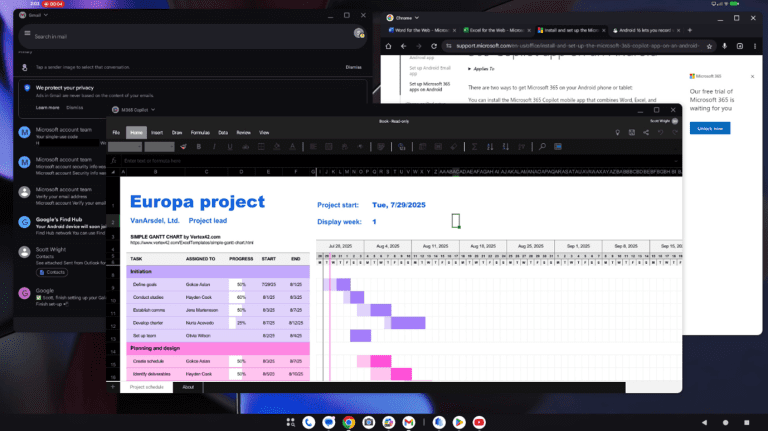

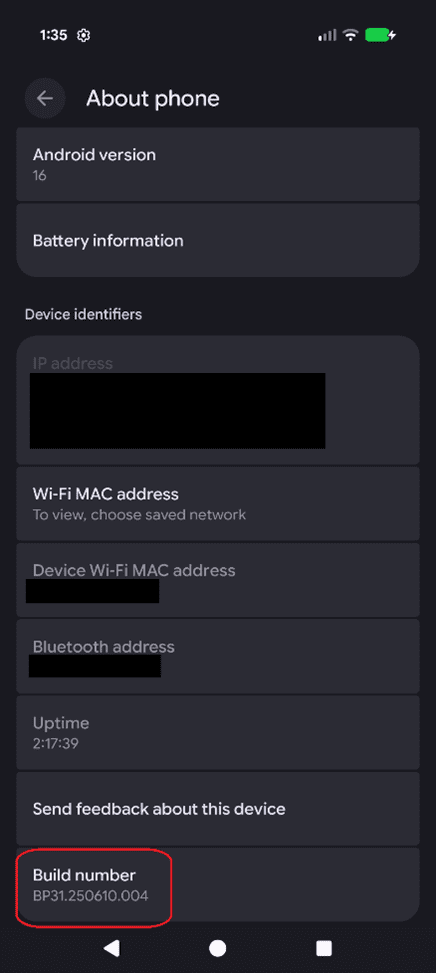
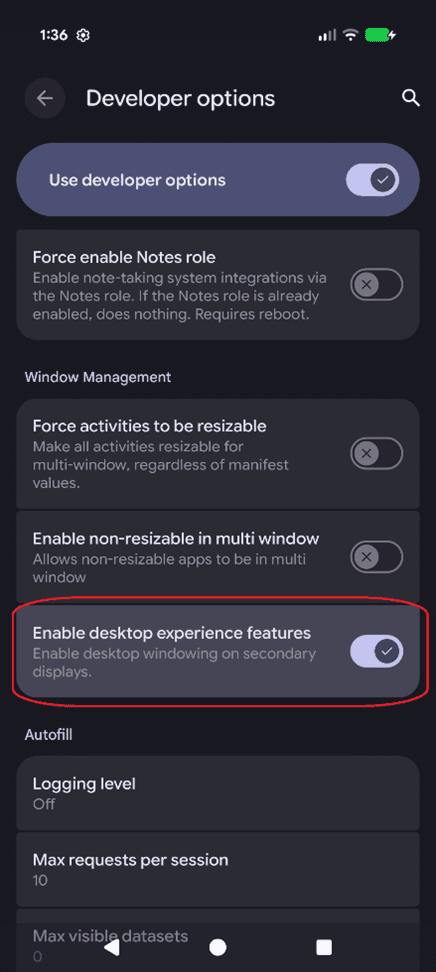
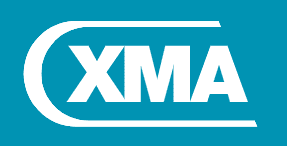

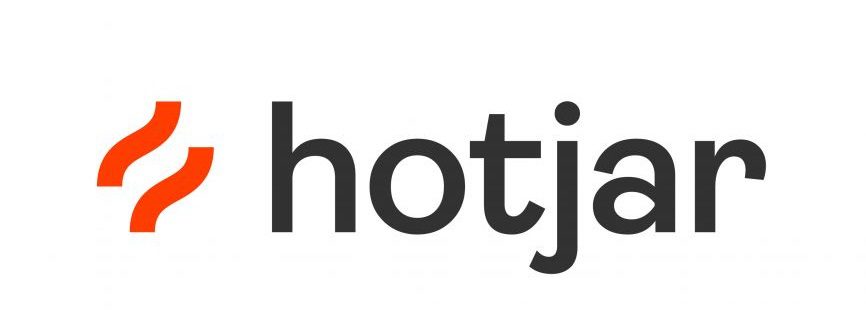 Monitoring by Hotjar
Monitoring by Hotjar